Monday, January 7: Today our study abroad program begins in earnest under the tutelage of Associate Professor Ramkishen S. Rajan of George Mason University’s School of Public Policy in Arlington, Virginia.
The overview of our program is thus:
Asia houses the world’s largest population and some of the fastest growing economies in the world. While much has been said and written on China and India, one cannot ignore the dynamic Southeast Asian sub-region. This region consists of eleven countries that are geographically south of China and east of India — Brunei, Burma (Myanmar), Cambodia, East Timor, Indonesia, Laos, Malaysia, Philippines, Singapore, Thailand and Vietnam.
The School of Public Policy (SPP) Southeast Asia Study Abroad program focuses on two of the more developed Southeast Asian countries: Singapore and Thailand. Both are highly open economies which have been very successful in developing and growing rapidly by attracting large-scale foreign direct inflows and becoming significant global exporters in electronics and other areas. Both countries are also major tourist destinations. Both countries also experienced sharp slowdown following the regional financial crisis of 1997-98 but have recovered since then and regained their economic vibrancy.

SINGAPORE: View from Mt. Faber Park
The focus of this program will be to understand the trade and development experiences, paying attention to the key economic and political economy policy challenges facing these two countries and the larger Southeast Asian region in the 21st century.
Unlike a conventional course taken in the classroom, this course will expose students to the sights, smells, and sounds of the countries themselves. Students will hear presentations by leading regional academics and experts, and visit universities, think tanks, enterprises, and cultural landmarks. The course will be an intense learning experience, with constant interaction among the students, GMU course director, and course lecturers and other participants.
Key Topics include: Politics and governance: Military and politics; Terrorism; System of government; Role of entrepreneurship; Tackling corruption; Religion and society; The role of the state in economic development; The role of values in economic development; The impact of globalization; Foreign direct investment and trade; The tourism sector; Impact of rise of China and India; Growth strategies for small and open economies; Environmental issues; International relations; Openness, media and the Internet; Operating in a multicultural environment, Local and Trans-boundary environmental issues; Issues relating to education; Demographic transition.
—————————-
Today our first stop is at Singapore Press Holdings, incorporated in 1984. This is Southeast Asia’s leading media organization.
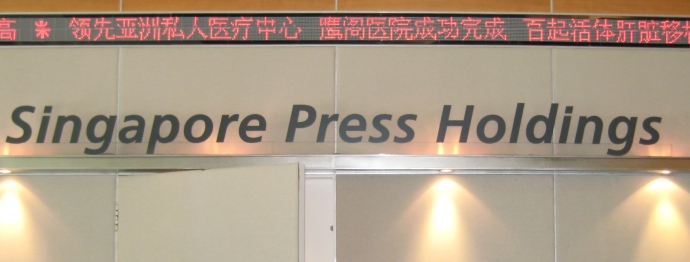
Singapore Press Holdings
Singapore Press Holdings, or SPH, publishes 18 newspaper titles in four languages. On an average day, 3.06 million individuals or 76 per cent of people above 15 years old, read one of SPH’s news publications. SPH also publishes and produces more than 100 magazine titles in Singapore and the region, covering a broad range of interests from lifestyle to information technology. The internet editions of SPH newspapers enjoy over 270 million page views with 18 million unique visitors every month. SPH also has stakes in the radio business and television, and owns and manages Paragon, the prime retail and office complex in the heart of Orchard Road, Singapore’s main shopping belt.

We get a tour of the newsroom
We get a tour of the newsroom and then listen to a lecture by the Deputy Editor and Foreign Editor of The Straits Times. Part of their talk is about freedom of the press in Singapore. The lecturer discusses the issue of self-censorship among journalists. According to Freedom House: Singapore’s media market remains tightly constrained. All newspapers, radio stations, and television channels are owned by government-linked companies. Although editorials and news coverage generally support state policies, newspapers occasionally publish critical pieces. Self-censorship is common among journalists as a result of PAP pressure. The Sedition Act, in effect since British colonial rule, outlaws seditious speech, the distribution of seditious materials, and acts with “seditious tendency.” Media including videos, music, and books are sometimes censored, typically for sex, violence, or drug references. In April 2007, the government banned Martyn See’s documentary film about a political activist’s 17-year detention under the Internal Security Act (ISA). (Freedom House: 2008 Singapore)

Office of the Straits Times
After our lecture, we go for views of Singapore from 116m-high Mount Faber Park, one of the oldest parks in Singapore. From this park you can take a cable car to Sentosa Island or enjoy the panoramic view of the southern part of Singapore and the southern islands, according to Lonely Planet: Things to do in Singapore.
Mount Faber is covered by a secondary rain forest. The vegetation on the slope helps to stabilise the terrain besides beautifying the park. Planted in the park are arenga palms, rhododendrons, Bougainvilleas and Red Flame, Cassia fistula and Alstonia trees.
At and around the summit are a number of red-brick paths through manicured gardens, pavilions, look-out points and a cafeteria with fantastic views over the Singapore Strait and onward to the Indonesian Riau Islands.
A mural wall depicting scenes of local history can be seen at Upper Faber Point, the highest point in the park where a tree was planted during the first Tree Planting Day.

Mural at Mount Faber Park
Singapore was known as Temasek (which means ‘sea town’ in Javanese) in ancient times. Temasek was destroyed by either Javanese or Siamese in the end of 4th century AD, according to historians. As recorded in the legend in the Malay Annals, a Srivijayan prince Sang Nila Utama rediscovered the island later in the 11th century AD. Here the prince saw a strange looking beast which he concluded was a lion (Hub Pages: Merlion Statue: Singapore’s National Animal and Symbol).
However, recent studies of Singapore indicate that lions (even Asiatic lions) have never lived there and the animal seen by Sang Nila Utama was either a white fox or a tiger, most likely the Malayan tiger. The prince was happy as he believed it to be a good omen and decided to stay on the island. He built a new city with his men and renamed the city “Singapura” (from which the name Singapore was derived). Singa means lion in Malay and pura means city in Sanskrit (Hub Pages: Merlion Statue: Singapore’s National Animal and Symbol).

View from Mt. Faber Park
The Merlion is a half-lion half-mermaid figure that is a well-known symbol of Singapore. If China has a dragon as one of its national symbols and Scotland has a unicorn as its national animal, then Singapore has its own mythical beast as its national symbol – The Merlion. The Merlion is a male. The name comes from the merging of the words “lion” and “mermaid”, hence Merlion. The mermaid refers to the fact that Singapore (or Singapura in Malay) was once a fishing village (Hub Pages: Merlion Statue: Singapore’s National Animal and Symbol).
According to Wikipeadia, there are five Merlion statues in Singapore that are recognized by the Singapore Tourism Board. This three-metre-tall polymarble Merlion statue is on Mount Faber’s Faber Point.
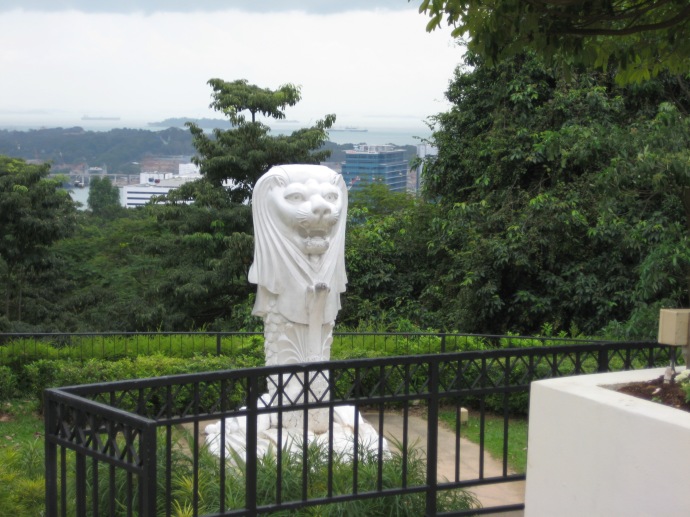
Merlion at Mt. Faber Park
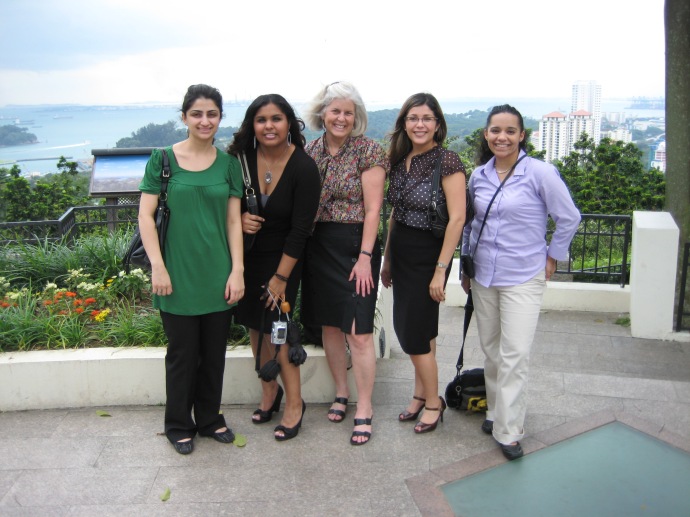
Our study-abroad group at Mt. Faber Park: Left to right: ??, Juliana, me, Johanna & Luz

Me at Mt. Faber Park
We then get on the bus to head to the Masjid Sultan Mosque, considered one of the most important mosques in Singapore. On the way we see some interesting buildings and parks outside the window.

in passing ~ out the bus window

another building and park outside the bus window
The Masjid Sultan is the oldest mosque in Singapore, and is located in the Malay-Muslim Quarter of town. The sheen of the two distinguished golden domes that top it, as well as its colorful yet tasteful façade, has made it one of the premiere destinations for visitors of any faith.
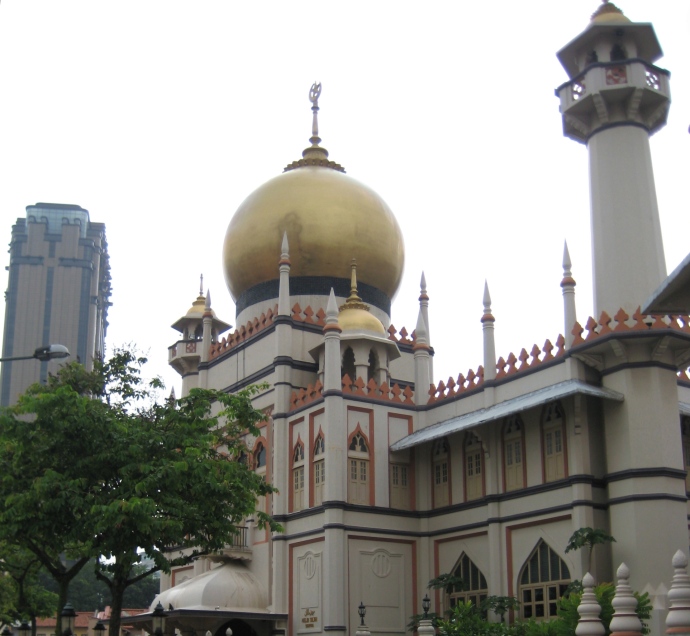
Masjid Sultan

Masjid Sultan
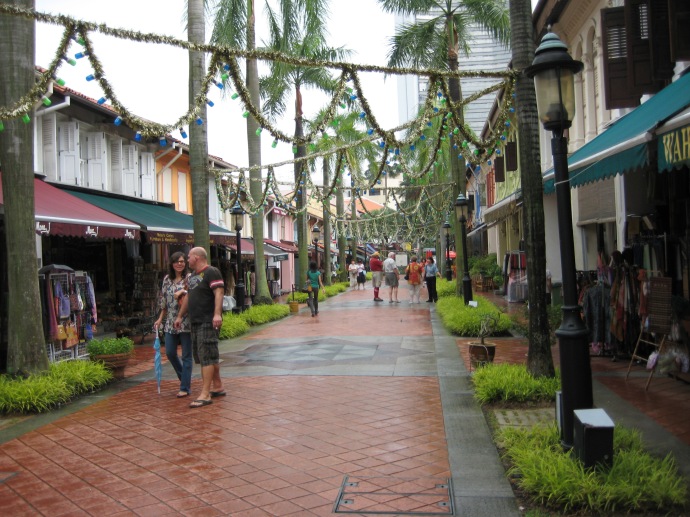
the streets of the Malay-Muslim quarter outside the Masjid Sultan
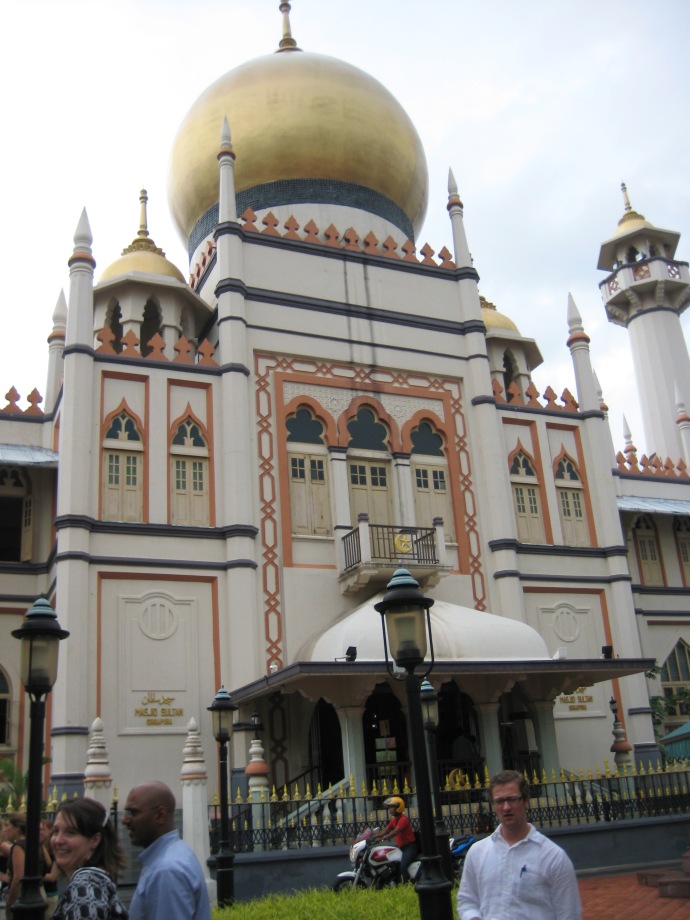
Masjid Sultan
Standing on a site totaling 44,228 square feet (4,109 square meters), the massive interior two-stories high can hold about 5,000 faithful Muslims, with separate conference rooms and auditoriums to seat many more. It is also decorated with handcrafted motifs, golden floral patterns and calligraphy to top it all with intricate design. The prayer hall and domes highlight the mosque’s star features.

Inside the prayer hall of the Masjid Sultan
Having long been a hub for local commerce and art, the mosque is also known to have been the place of several historic events, including where several racial riots took place in the 1950s.(Viator: Masjid Sultan Mosque)
We then venture to Chinatown to see the Thian Hock Keng Temple.
The Thian Hock Keng Temple was erected in 1821 by seamen grateful for safe passage, and stands where Singapore’s waterfront used to be, before the land was reclaimed.

entrance to Thian Hock Keng Temple
When the first Chinese immigrants arrived at Singapore after a turbulent voyage through the infamous South China Sea, the grateful new settlers erected the Thian Hock Keng Temple along the shore in gratitude to the Goddess of the Sea, Mazu. Over the years, the temple has been one of the most important temples for the Hokkien community. What’s fascinating about this architectural work is that it consists of meticulously designed motifs and columns which were all assembled without the use of nails. The restoration project won four architectural awards and during the 1998 restoration works, the builders stumbled across a carefully stowed away scroll on one of the high beams. The scroll was allegedly written by the Qing emperor Guang Xu himself who pronounced his blessings on the Chinese community (ComeSingapore.com: Thian Hock Keng Temple).
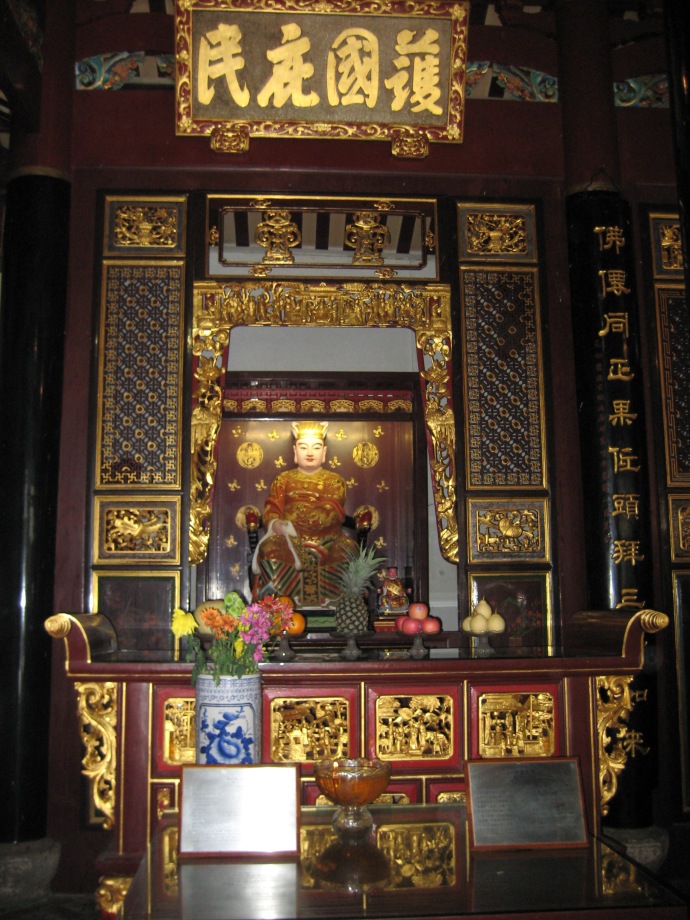
inside Thian Hock Keng Temple
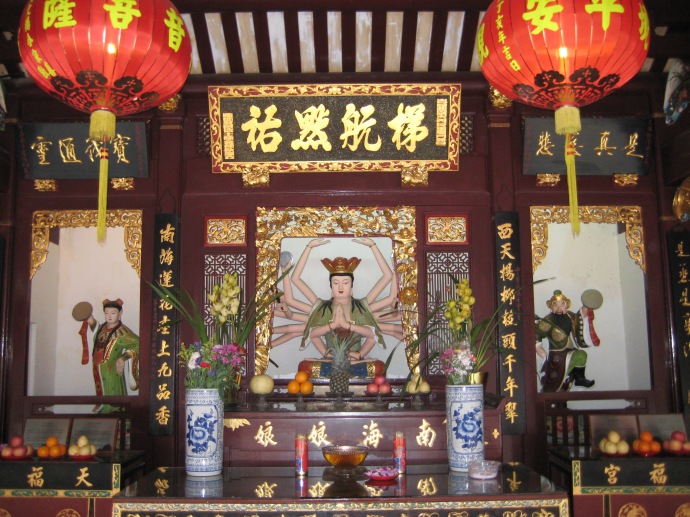
inside Thian Hock Keng Temple

Thian Hock Keng Temple
Chinatown is Singapore’s cultural heart, providing glimpses of the old ways with its numerous temples, decorated terraces and frantic conglomeration of merchants, shops and activity. Unfortunately much of Chinatown has been torn down and redeveloped over the past 30 years, but it’s still a fascinating place to explore.
Although faithful restoration has saved some parts of Chinatown, it has also posed a new threat, as the restored buildings are now desirable properties commanding high rents. Traditional businesses – such as shops selling incense to temple worshippers, letter writers and chop (stamp) makers – are moving out, and a new gentrified Chinatown of fashionable restaurants and expensive shops is taking its place (Lonely Planet: Singapore City: Chinatown)
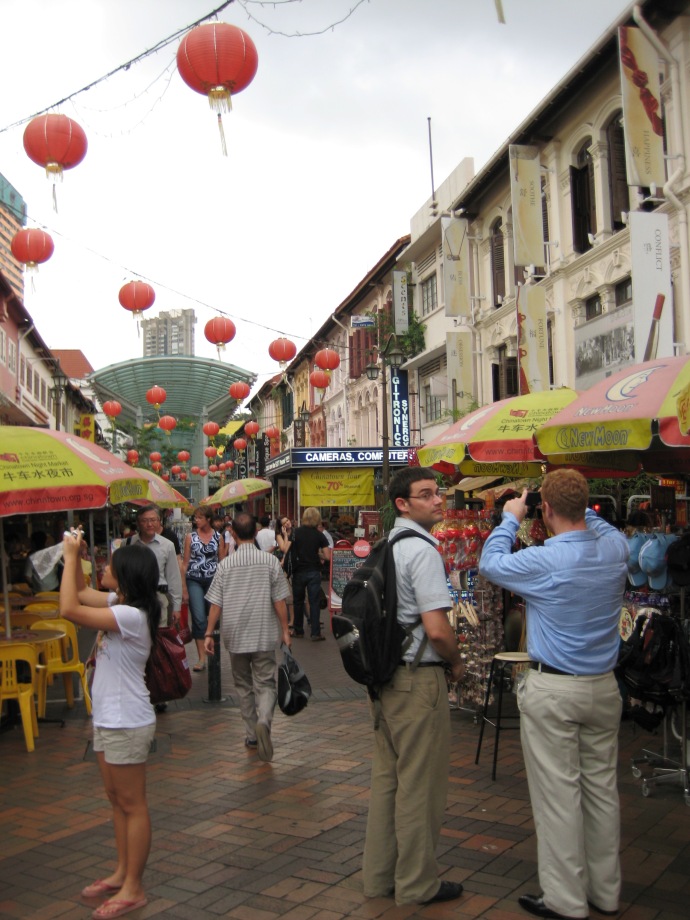
Singapore’s Chinatown
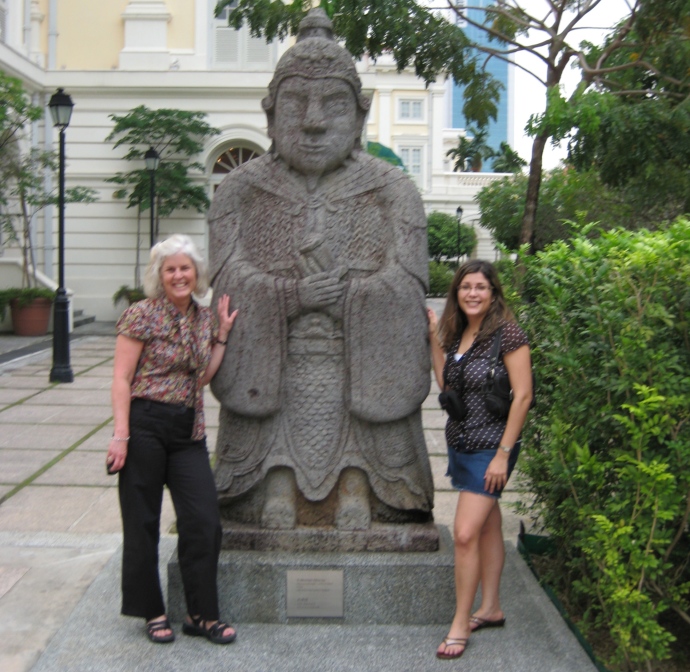
me and Johanna with a statue in Singapore
Our group then heads to Merlion Park at Marina Bay, where we take a boat ride. Merlion Park is a basin surrounded by iconic Singaporean buildings, restaurants, discos and other businesses.
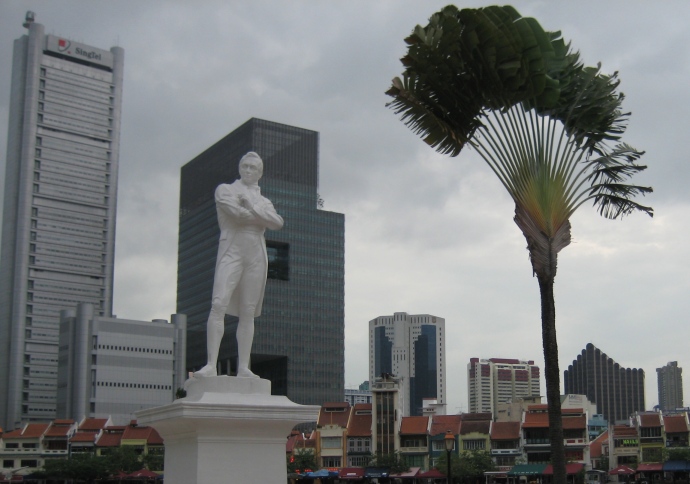
Marina Bay

Johanna on the boatride

businesses surrounding Marina Bay

a floating restaurant
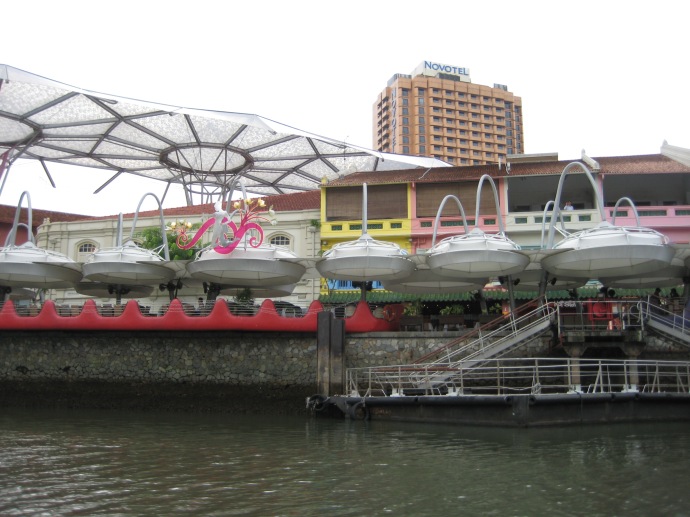
restaurants along the bay
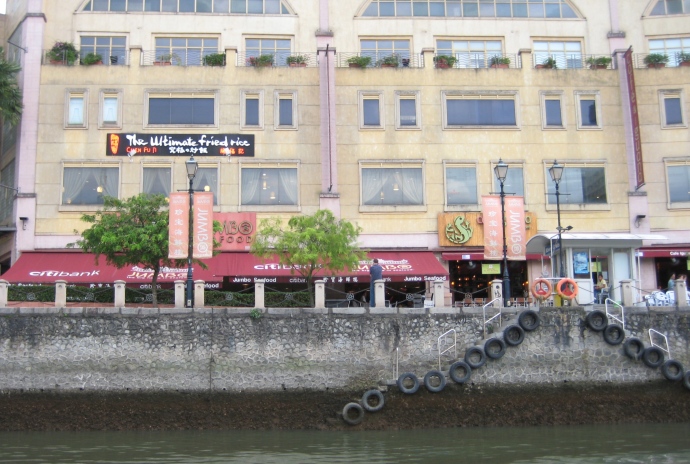
views from our boat

Marina Bay
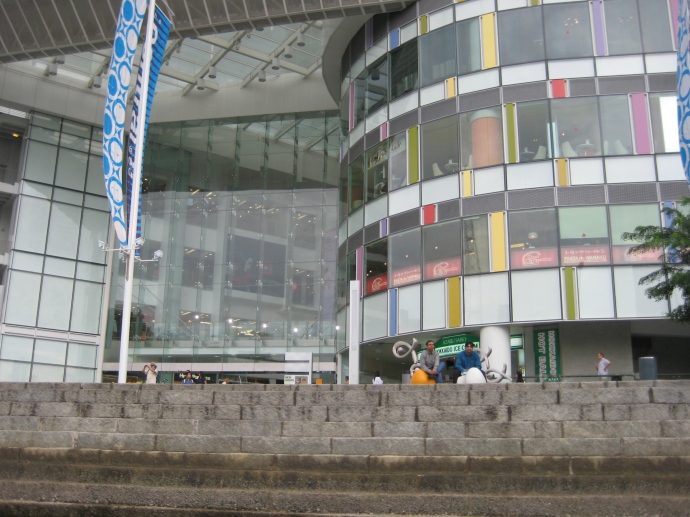
on the edges of Marina Bay
The original Merlion was first built in 1972 as an 8 meter tall sculpture and was located at the mouth of Singapore river. The statue was built by Lim Nan Seng, a local craftman who won several prizes in the Singapore Handicraftt and Design competition organized by the Singapore Tourism Board in 1970. The body of Merlion is made up of cement, eyes from small red teacups and skin from porcelain plates. The fish-body of Merlion is said to symbolize Singapore’s origin as a prosperous seaport. The beautiful tall sculpture was commissioned for $165,000 in 1971 and installed formally on 15 September 1972 by Prime Minister Lee Kuan Yew.
When the Esplanade Bridge was completed in 1997, it blocked the views of the Merlion from the Marina Bay waterfront. In 2002, the statue was relocated 120 meters to the current Merlion Park that fronts Marina Bay, where it stands on a pomontory in front of the luxurious Fullerton Hotel (Hub Pages: Merlion Statue: Singapore’s National Animal and Symbol).
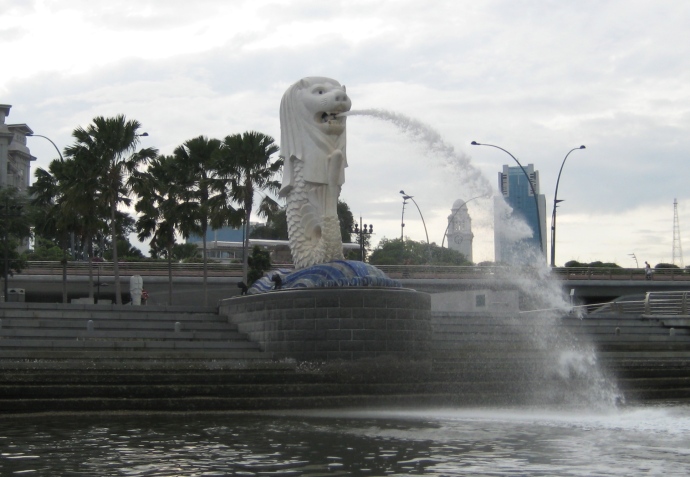
THE original Merlion at Merlion Park, Marina Bay, Singapore
After our tour of Singapore, we have a group dinner in the hotel where Professor Rajan lectures about economics in the country.

Tendai, me and Luz at dinner



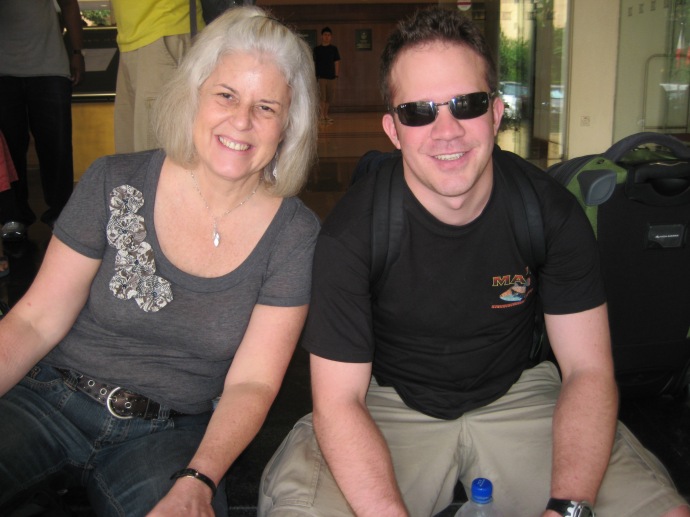






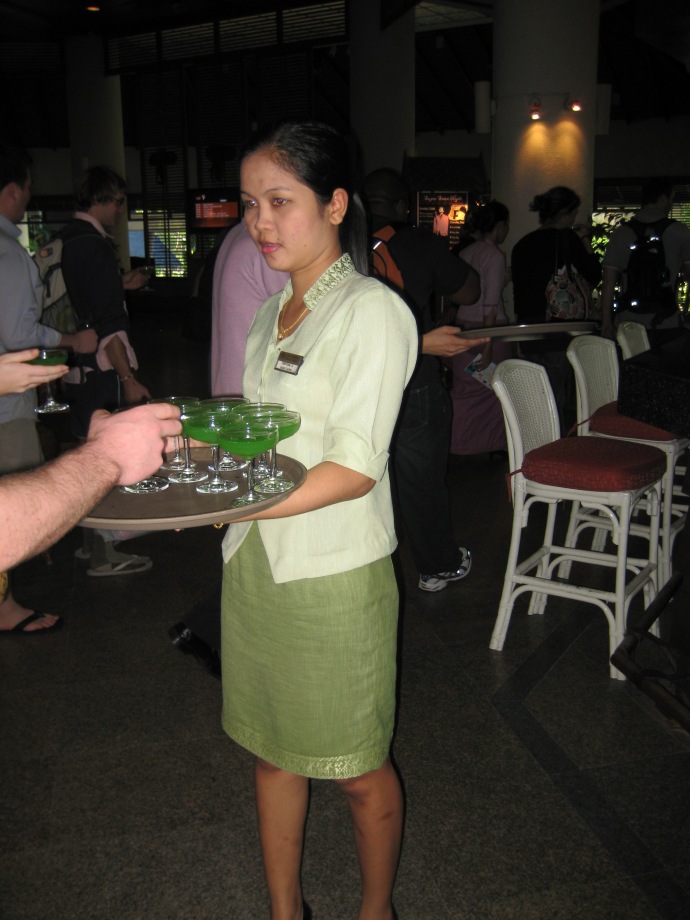
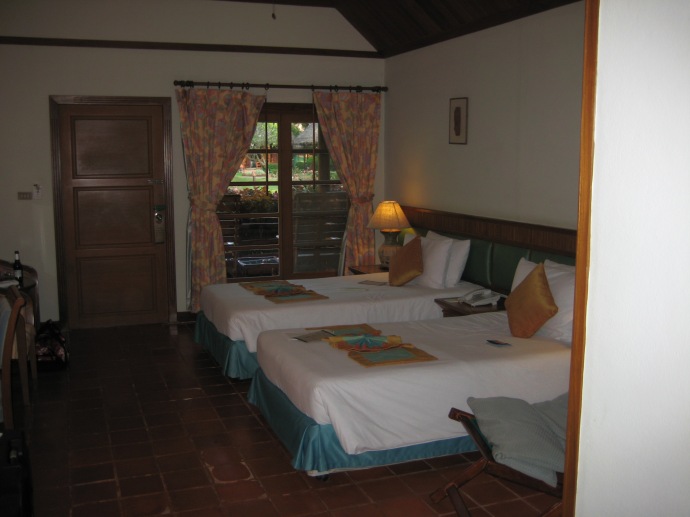
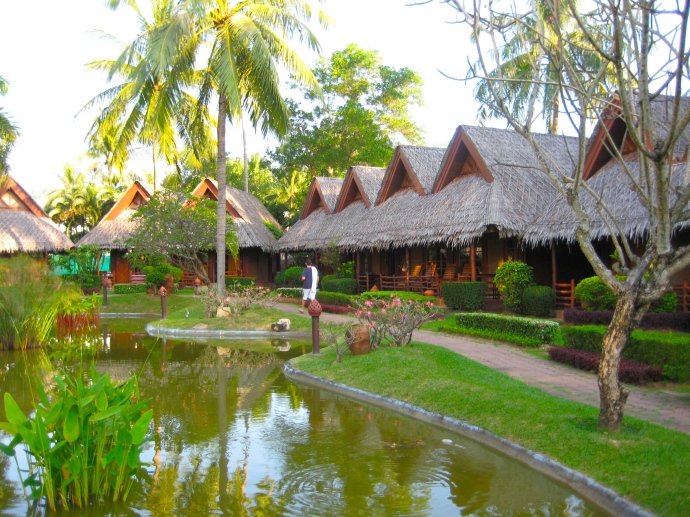




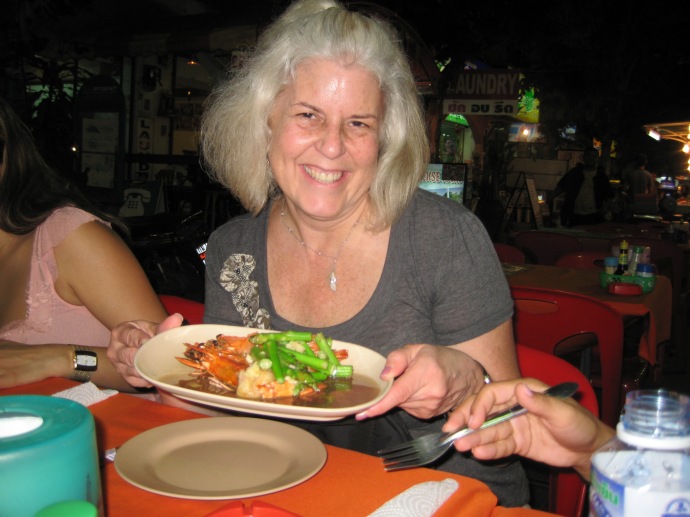
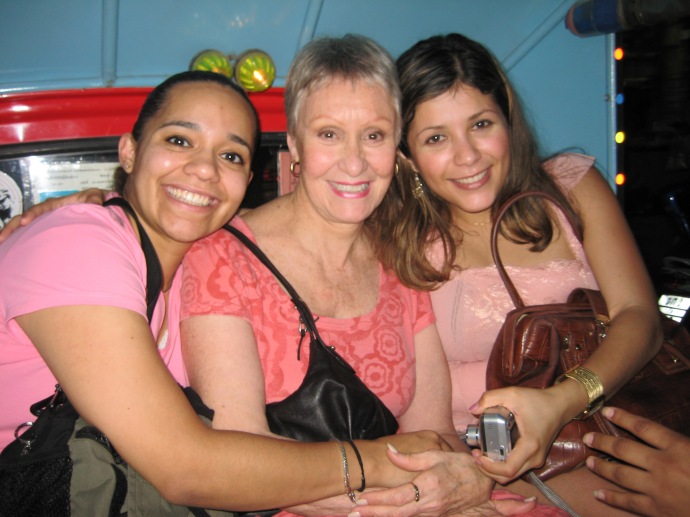

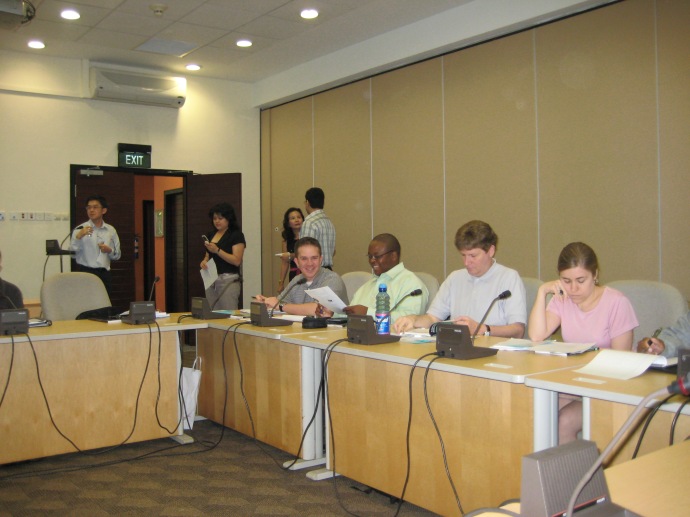


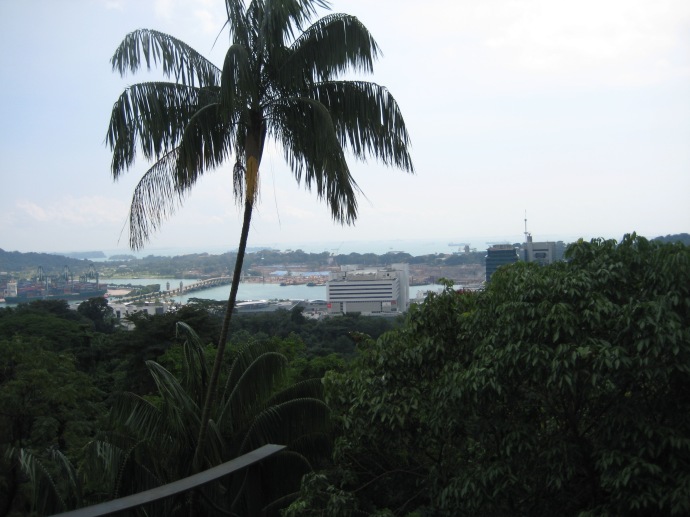
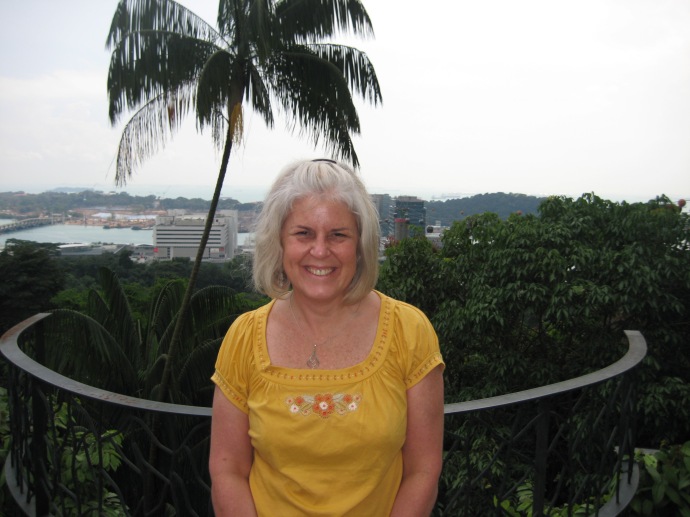
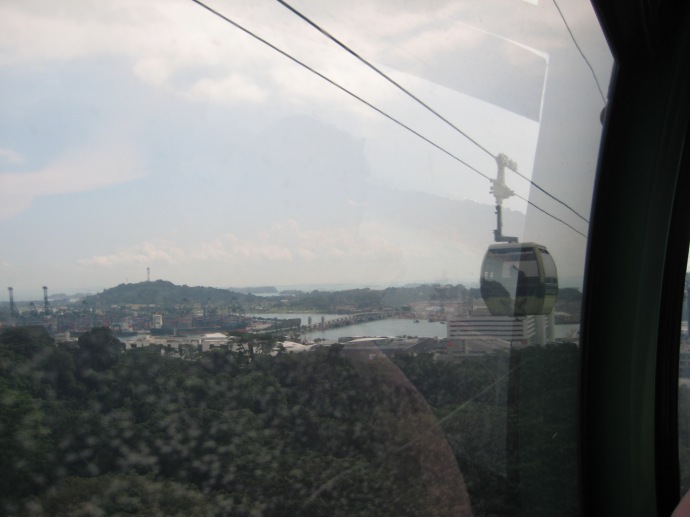
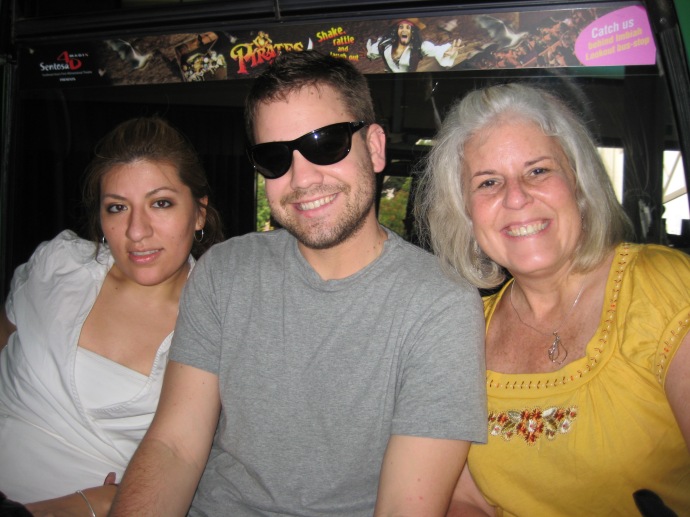





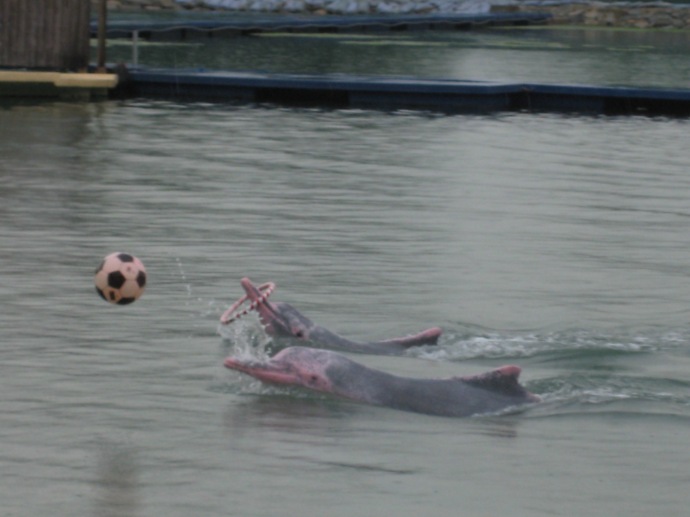
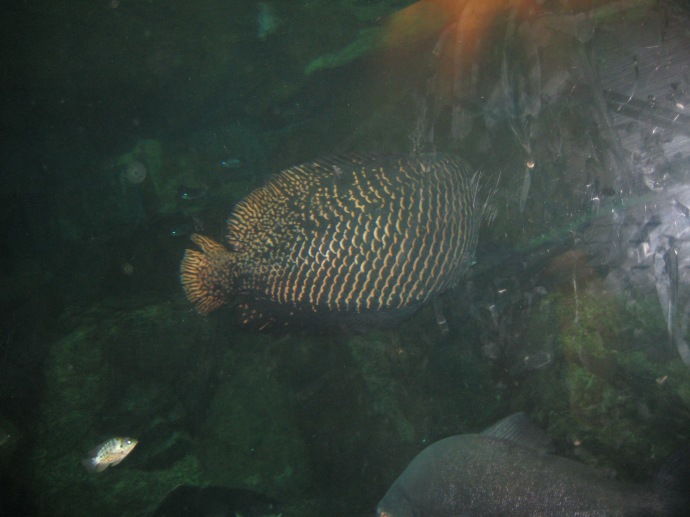
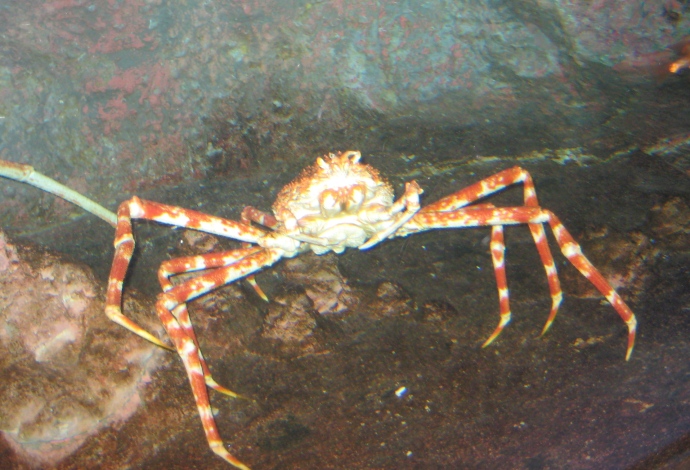
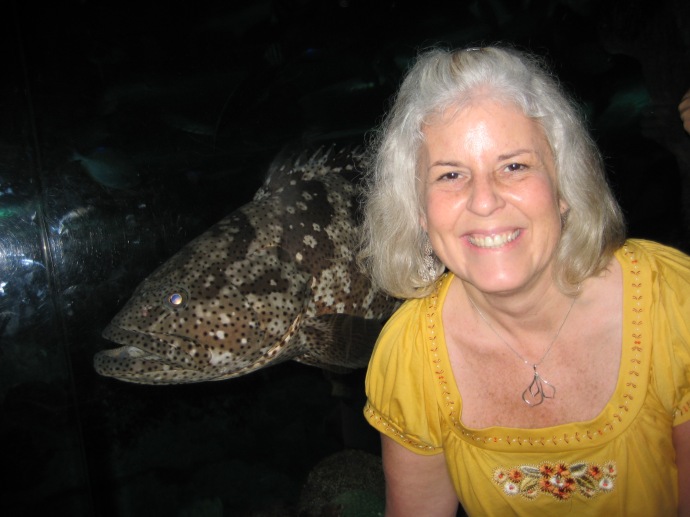



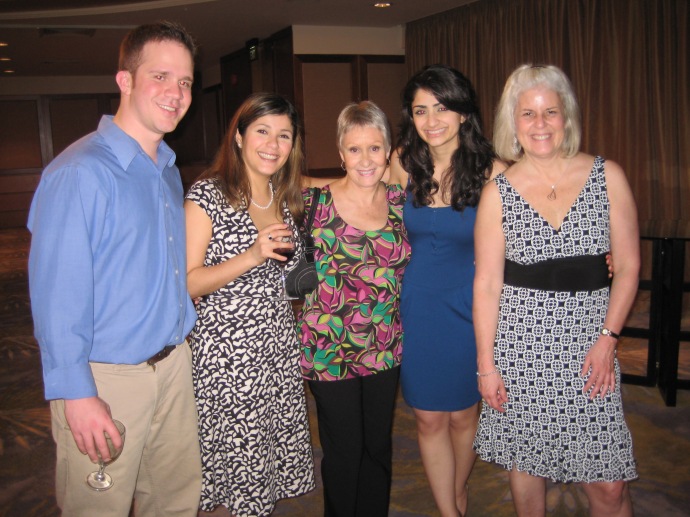
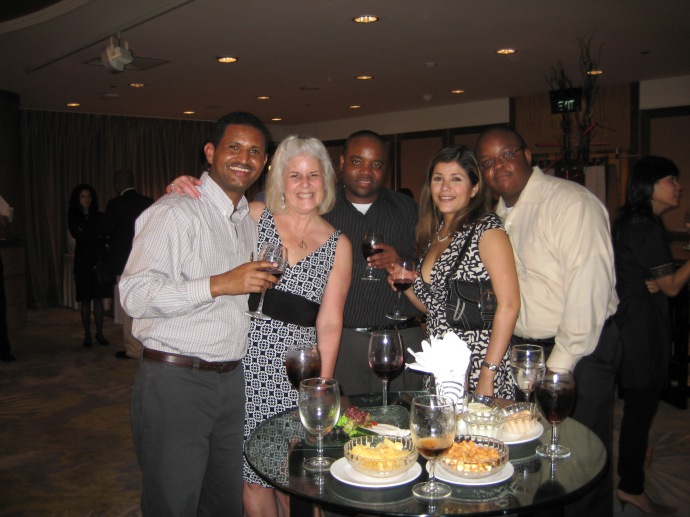





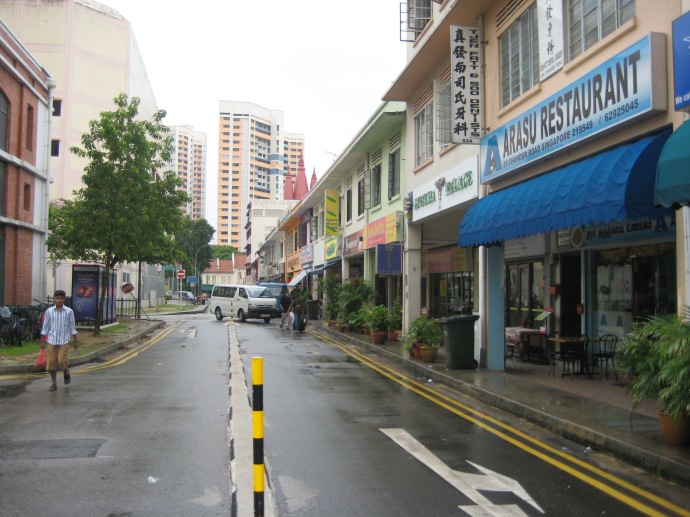
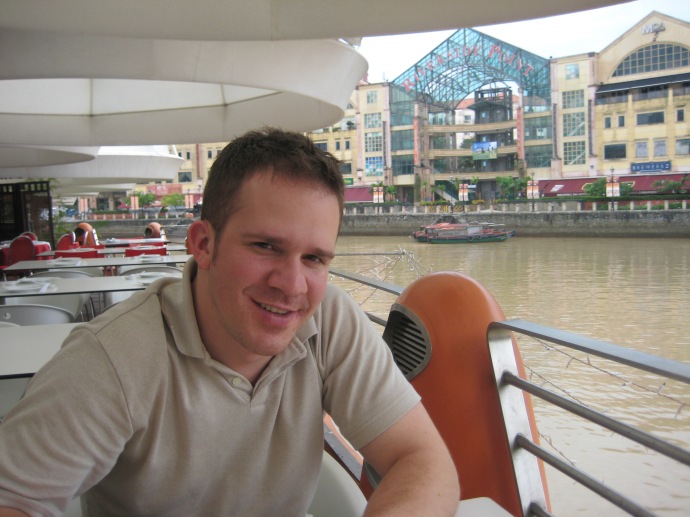
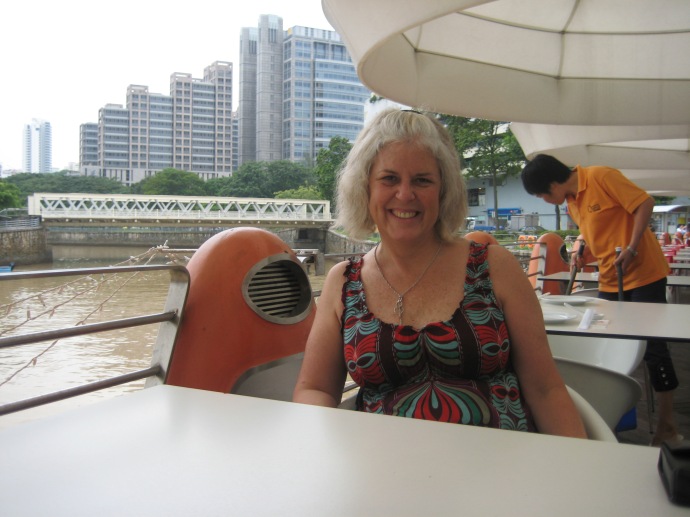







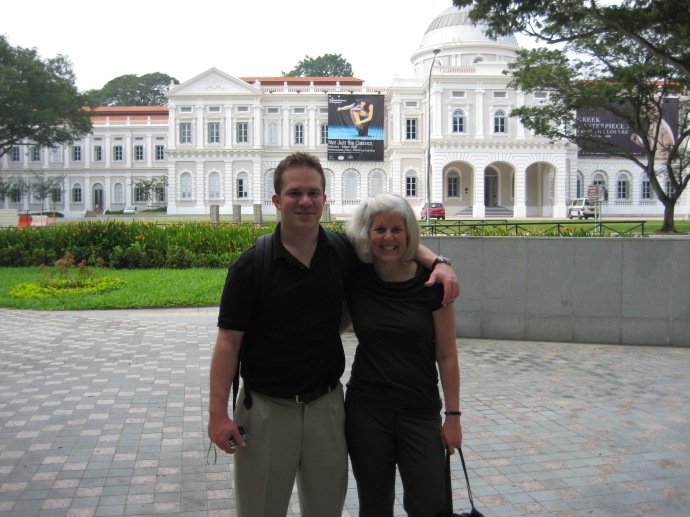

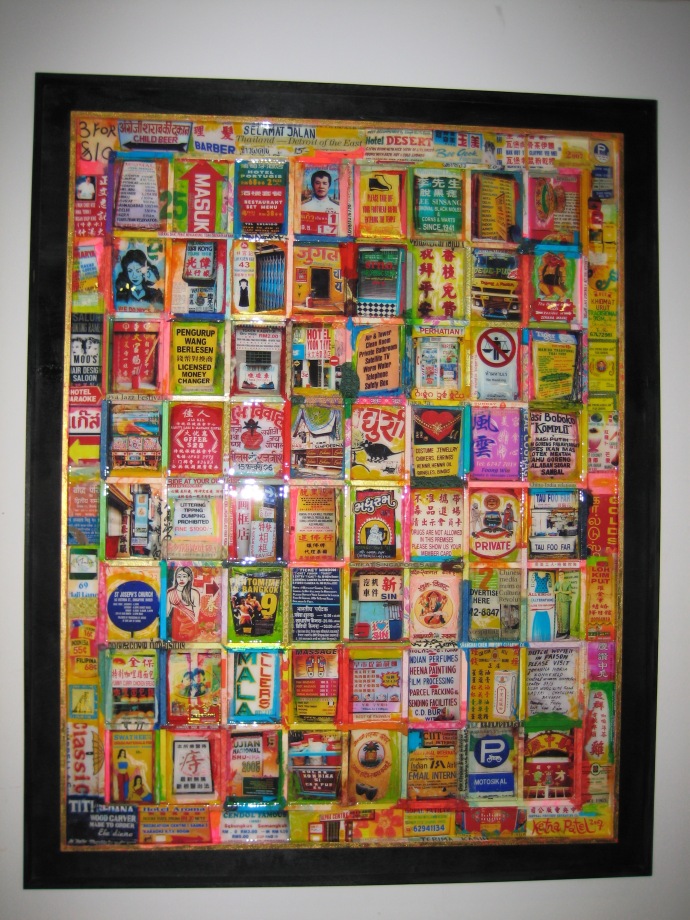


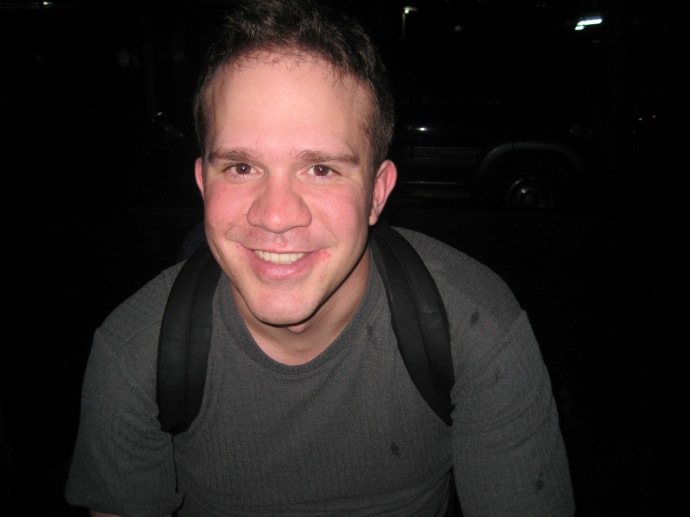

































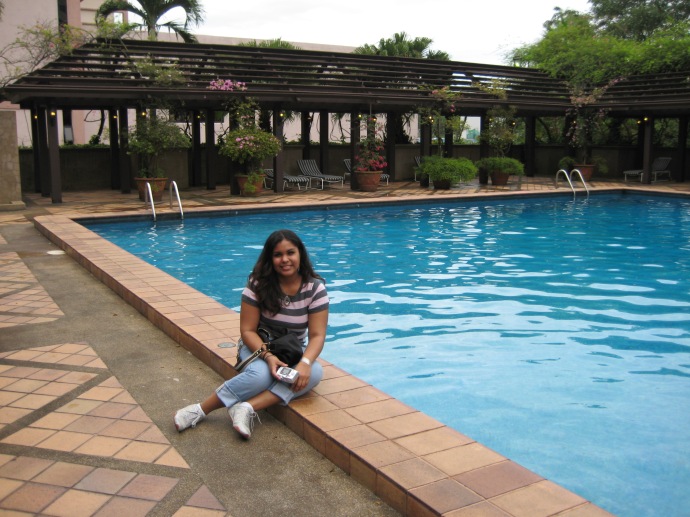
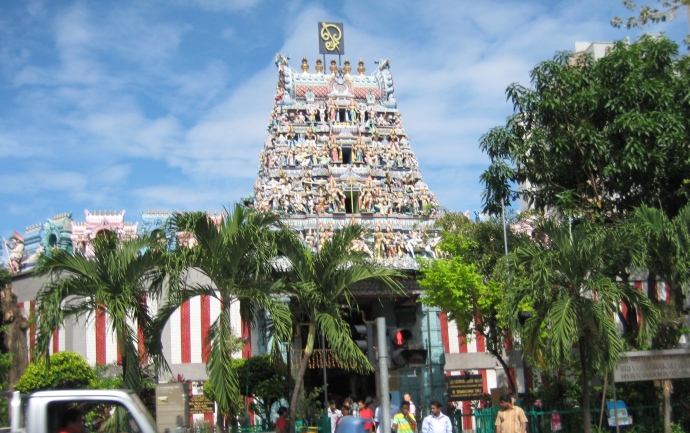
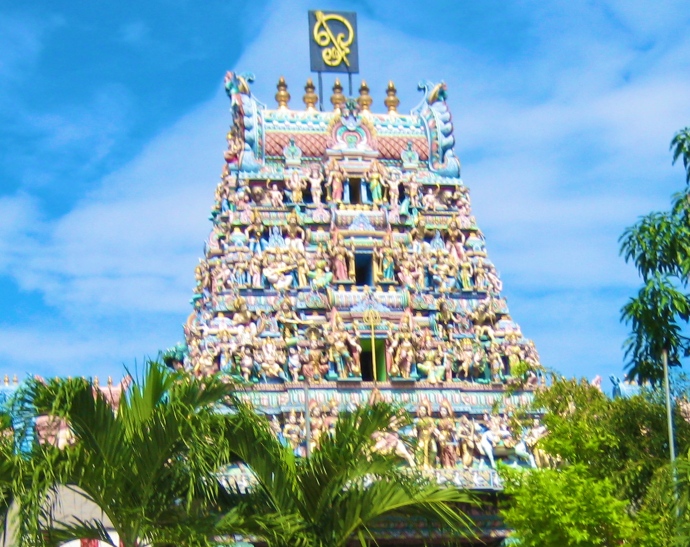
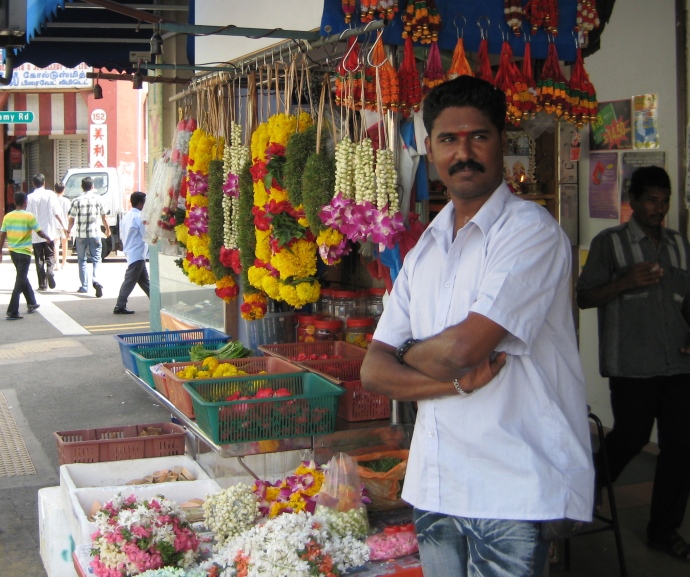

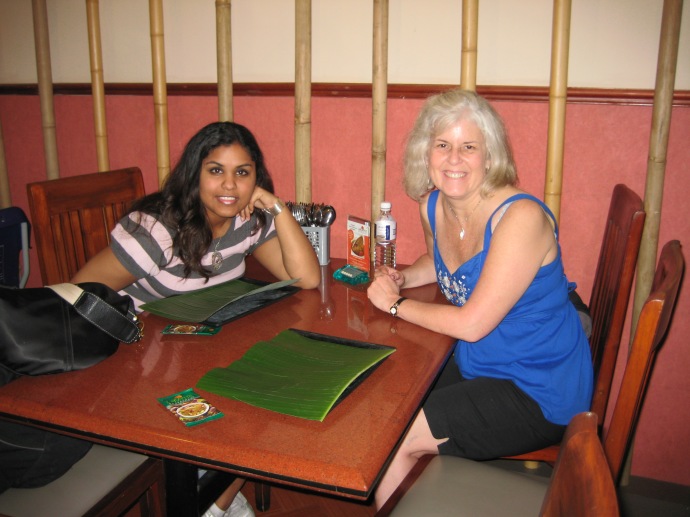

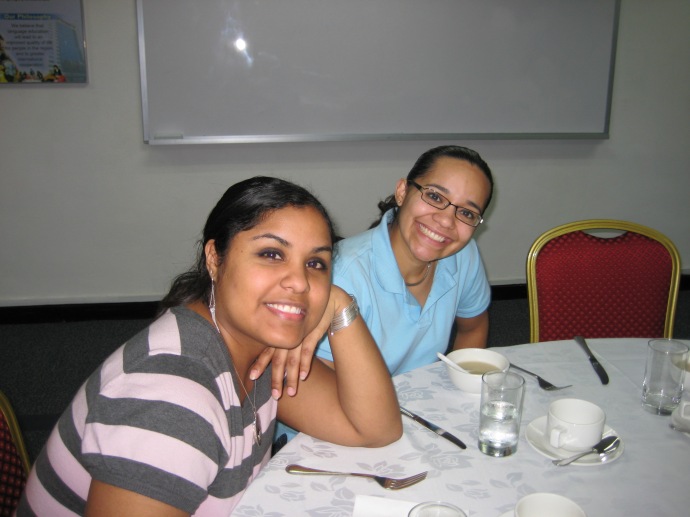
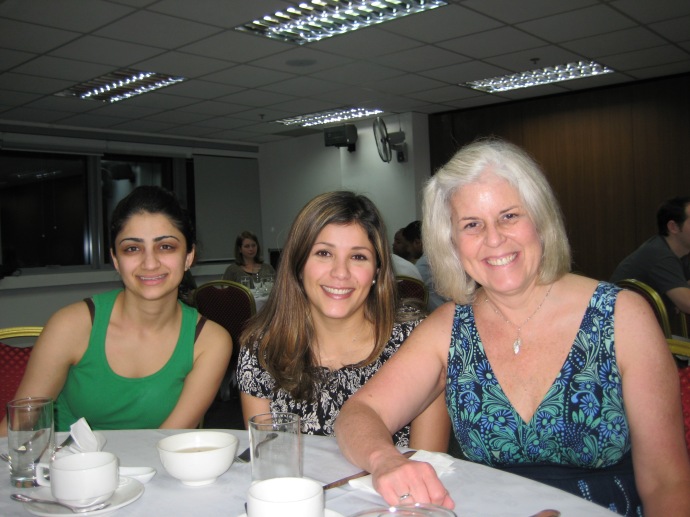

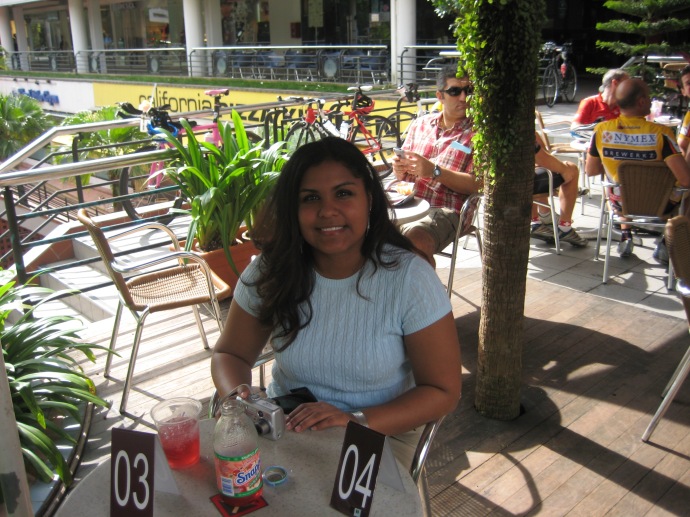
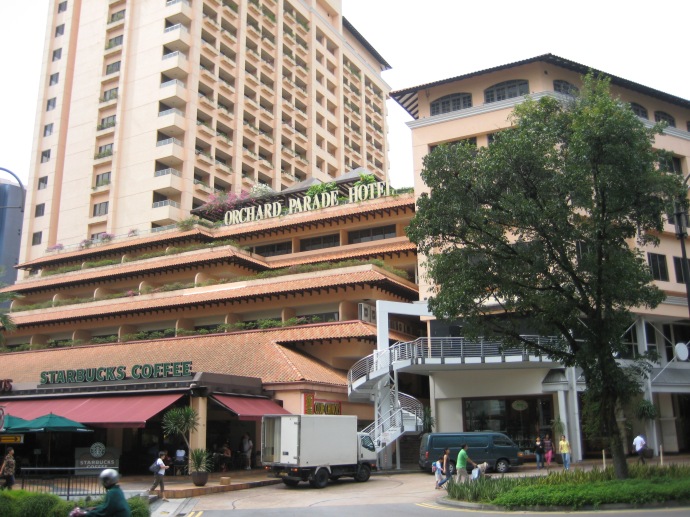
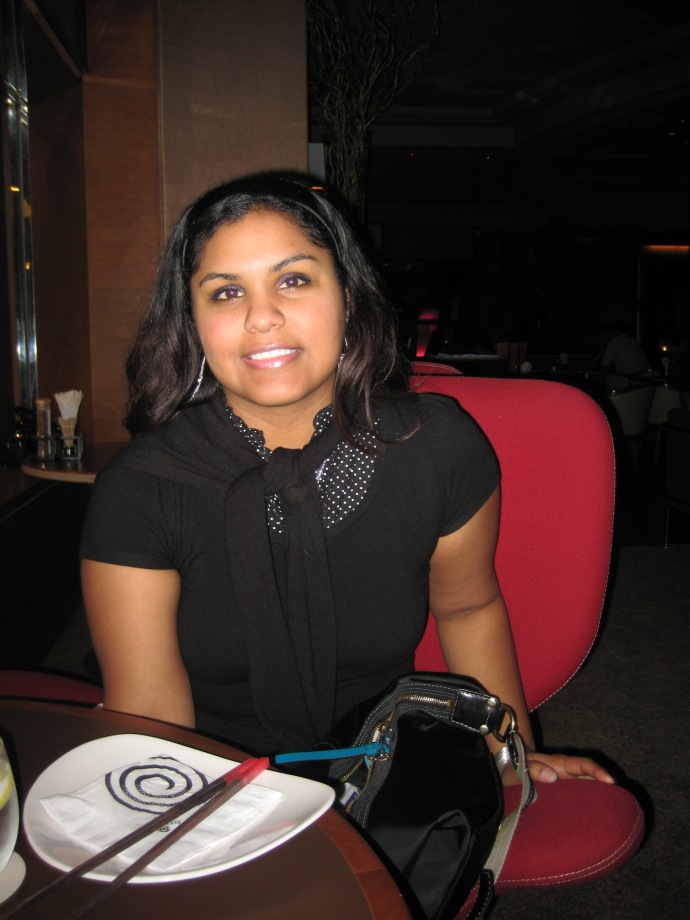
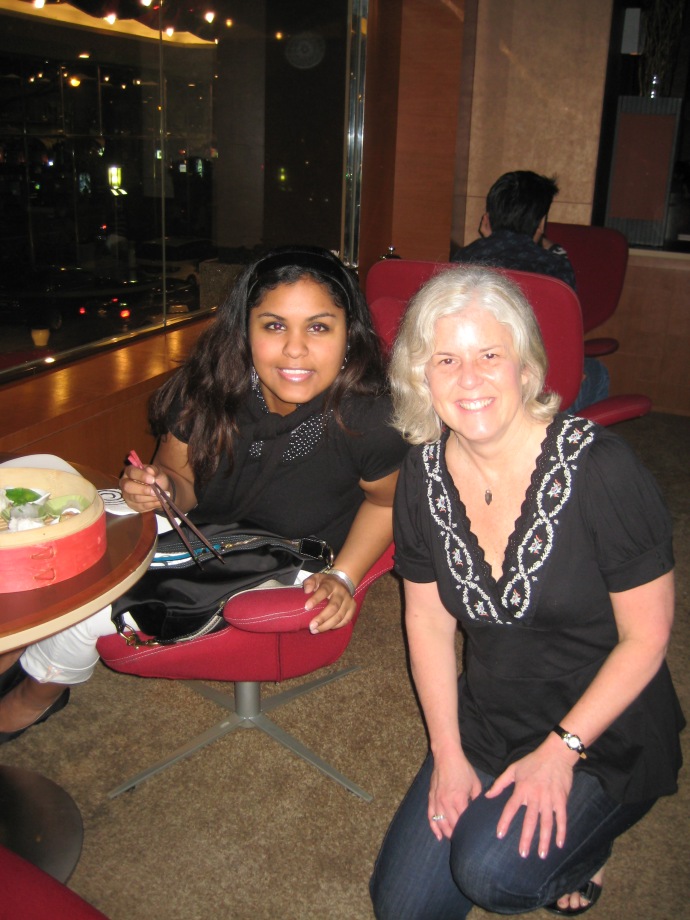
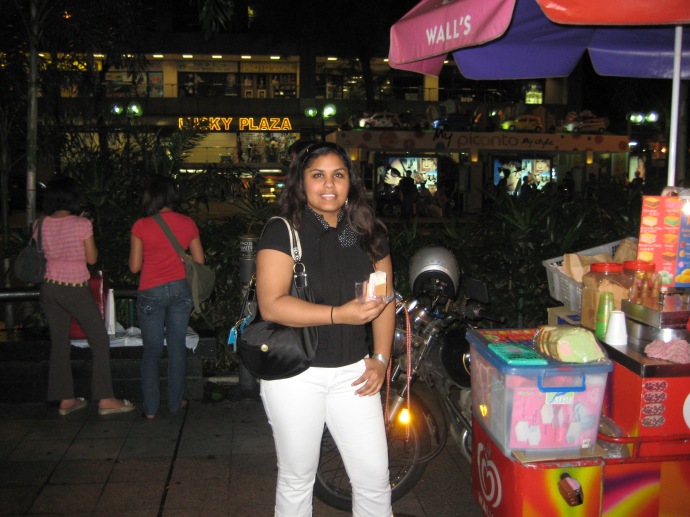
You must be logged in to post a comment.